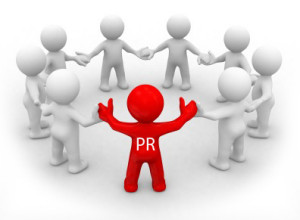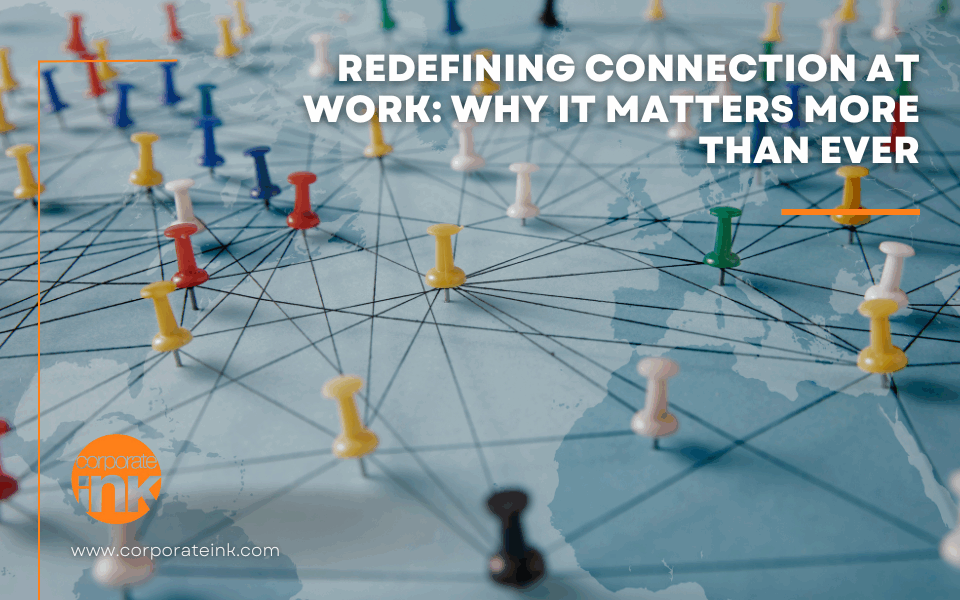5 Tips to Break through the 12,000 Emails Reporters Receive–and Delete–Each Year
August 29, 2014
Solving the Puzzle, Working Together to Escape the Room
July 16, 2015
“Marketing, advertising, public relations… aren’t they all kind of the same thing?”
Sound familiar? There seems to be a lot of misconception around public relations, what it is, and what value can be derived from it.
Although advertising, public relations and marketing are all related and need to be intertwined to create a successful, integrated brand campaign, the effects of each field are naturally vastly different.
With exposure to over 5,000 advertisements per day and the launch of over 250,000 new products each year, it’s easy to understand how the effects and presence of both advertising and marketing don’t go unnoticed.
But public relations is different. If a publicist is doing their job well, the outside observer should feel that they’re being informed, not sold to – this should feel more natural, but often leaves people to wonder what public relations really is as a result.
Public relations is all about how your client relates to the public; it’s about connecting with people and managing the client’s reputation – and a brand’s reputation can be a very valuable asset.
Here are three reasons a PR strategy is valuable and why brands need to be proactive about managing their reputation, both on and offline:
1. PR is earned exposure: When you advertise, you are essentially telling your audience how great you are. In PR, a third party sings your praises; you earned free exposure for either doing something newsworthy or being a valuable source on a topic the media is interested in. It says more about your brand if a reporter is interested enough in what you’re doing and what you can talk about to write a story about you for free. A public relations strategy can create credibility for your brand and trust in your company, as exemplified by the old adage, “advertising is what you pay for, publicity is what you pray for.”
2. PR raises morale: Public relations is not just about outward appearances, it’s also about benefiting the company’s internal situation. When a company’s reputation starts to go south, for whatever reason, employees may start looking for opportunities elsewhere. As a publicist, part of the job is to manage the morale of the troops and keep their perception of the company positive, even when the times get tough – this is arguably one of the most important contributions you can make to a client.
3. PR drives demand: You have to put yourself out there in order to see results. After a story is placed in the media, if successful, prospects should feel compelled to learn more about your company and products, and it’s up to you to provide them with the content. Encourage prospects to follow you on social, visit your website, read your blog, or download your whitepaper, ebooks, and case studies. Nurturing these leads and providing them with the right information at the right time should ultimately lead to a sale – and one that you can trace all the way back to a media placement.
Marketing, advertising, and public relations are designed to work in harmony with one another, but they each serve different purposes. It’s important to identify your overall strategic goals, and cultivate the right balance of advertising, marketing and public relations to help you obtain them.
Want to learn more? Check out some other best practices for creating successful, integrated campaigns that will help keep you ahead.






